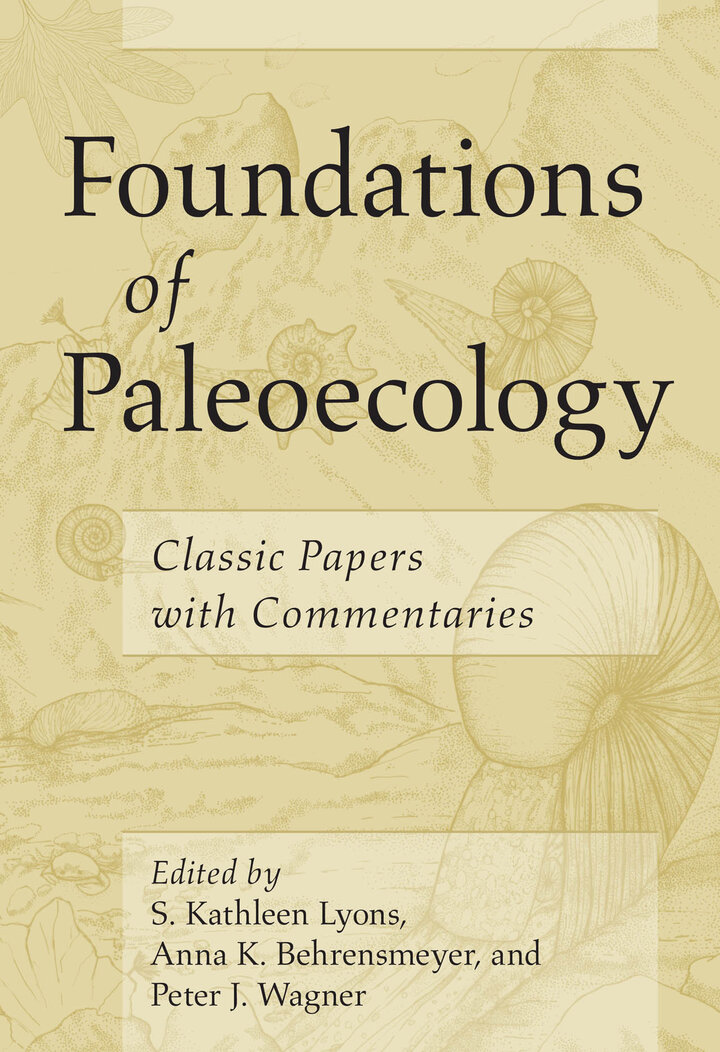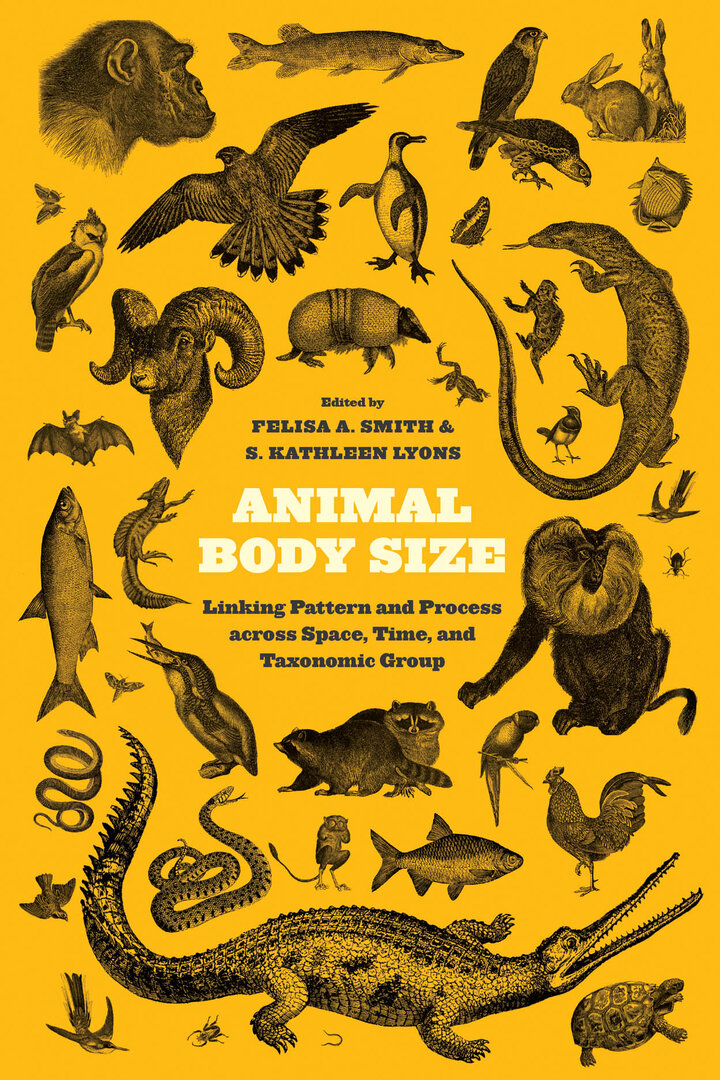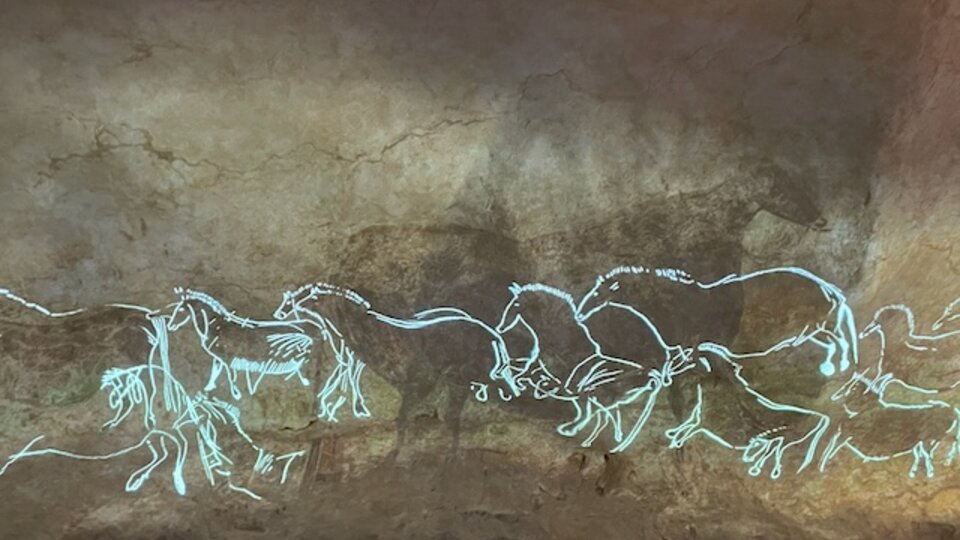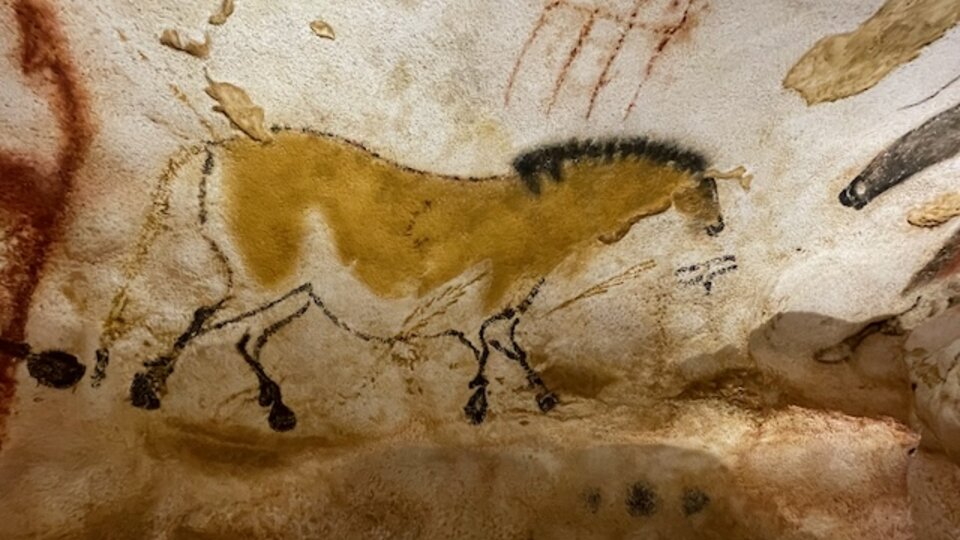Prospective Students
The Lyons Paleoecology Lab is interested in recruting new students! If you wish to explore options for joining the lab, please email and we can set up a time to talk. I take both masters and PhD students, although I have a preference for PhD students. That is because I prefer to help students develop their own ideas and projects rather than mandate a student do a particular project or answer a particular question. A PhD program allows more time for this process than a masters. Students in my lab are bright, creative, have a quantitative bent, and are interested in the same areas of research as me. Students in my lab have worked on questions relating to community ecology, paleoecology, macroecology, and climate change.
Courses
BIOS 207 - Ecology and Evolution
BIOS 436/836 - Macroecology
BIOS 805 - Principles of Ecology

Foundations of Paleoecology
Edited by S. Kathleen Lyons, Anna K. Behrensmeyer, and Peter J. Wagner
Approximately 99% of all life that has ever existed is extinct. Fortunately, these long dead species have left traces of their lives and interactions with other species in the rock record that paleoecologists use to understand how species and ecosystems have changed over time. This record of past life allows us to study the dynamic nature of the Earth and gives context to current and future ecological challenges.
This book brings together forty-four classic papers published between 1924 and 1999 that trace the origins and development of paleoecology. The articles cross taxonomic groups, habitat types, geographic areas, and time and have made substantial contributions to our knowledge of the evolution of life. Encompassing the full breadth of paleoecology, the book is divided into six parts: community and ecosystem dynamics, community reconstruction, diversity dynamics, paleoenvironmental reconstruction, species interaction, and taphonomy. Each paper is also introduced by a contemporary expert who gives context and explains its importance to ongoing paleoecological research. A comprehensive introduction to the field, Foundations of Paleoecology will be an essential reference for new students and established paleoecologists alike.

Animal Body Size
Edited by Felisa A. Smith and S. Kathleen Lyons
"Galileo wrote that “nature cannot produce a horse as large as twenty ordinary horses or a giant ten times taller than an ordinary man unless by miracle or by greatly altering the proportions of his limbs and especially of his bones”—a statement that wonderfully captures a long-standing scientific fascination with body size. Why are organisms the size that they are? And what determines their optimum size?
This volume explores animal body size from a macroecological perspective, examining species, populations, and other large groups of animals in order to uncover the patterns and causal mechanisms of body size throughout time and across the globe. The chapters represent diverse scientific perspectives and are divided into two sections. The first includes chapters on insects, snails, birds, bats, and terrestrial mammals and discusses the body size patterns of these various organisms. The second examines some of the factors behind, and consequences of, body size patterns and includes chapters on community assembly, body mass distribution, life history, and the influence of flight on body size." —The University of Chicago Press


